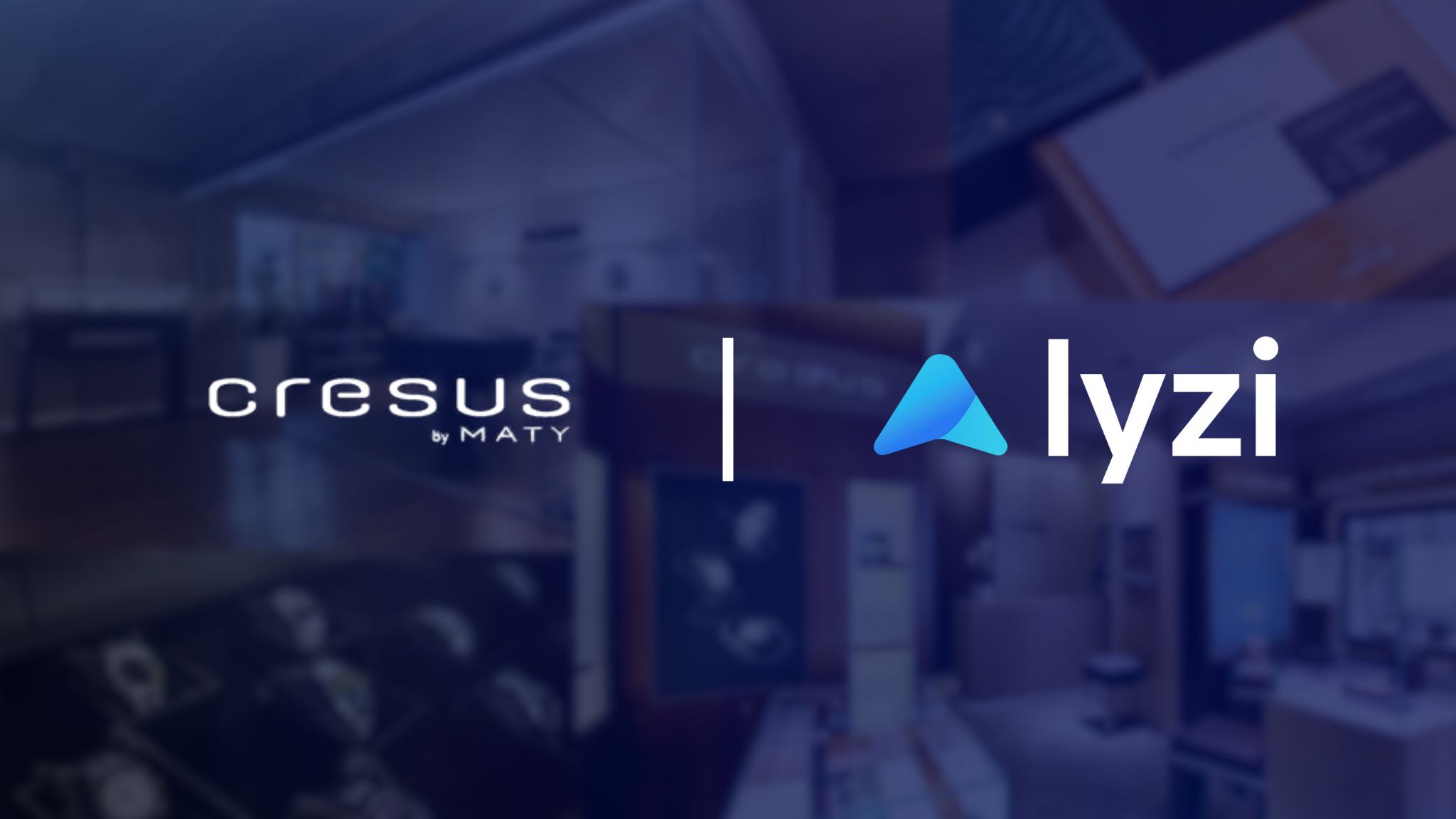
What is Matic ?
Originally developed as a scaling solution for Ethereum, Polygon (MATIC) has evolved into a premier blockchain platform addressing key challenges such as scalability and user-friendliness. Today, Polygon supports a diverse multi-chain ecosystem while upholding the principles of decentralization.
Understand Polygon and MATIC
As a versatile platform in the blockchain ecosystem, Polygon leverages its native MATIC token to facilitate interactions with a diverse array of decentralized applications (dApps). The Polygon network is secured through MATIC staking, which incentivizes validators to process and verify transactions. Users can conduct transactions or utilize dApps on the Polygon network by paying fees in MATIC.
Polygon's underlying technology
Proof-of-stake mechanism
Polygon's network is secured by a Proof-of-Stake (PoS) consensus mechanism, where validators stake MATIC to participate in block validation. Economic incentives discourage malicious behavior among validators, who are also tasked with implementing Polygon Improvement Proposals (PIPs), fostering a decentralized Polygon PoS ecosystem.
High capacity and scalability
A major challenge in blockchain technology is scaling to handle a high volume of transactions while maintaining decentralization. Polygon overcomes this limitation through a two-layer architecture. A Block Producer layer enables rapid block generation, while a PoS layer ensures security by transmitting checkpoints to the Ethereum main chain. This design theoretically allows Polygon to process up to 2^16 transactions per second on an individual sidechain.
Future scalability
Polygon's scalable design enables it to process millions of transactions per second by leveraging multiple sidechains. This architecture was proven in the initial Matic feasibility test, and future plans include a significant expansion of its sidechain network.
DApp user interface and integration:
Polygon is committed to enhancing user experience. Unlike traditional blockchains that often involve intricate user interactions, Polygon streamlines this process. Any standard Ethereum address can receive payments on Polygon without the need to join the Matic chain, as long as they possess a Matic wallet for conducting transactions within the network.
Economic efficiency
Polygon's block production layer enables a high volume of transactions, achieving economies of scale. This approach significantly reduces transaction costs compared to traditional blockchain networks, where fees can vary widely.
Polygon's Vision and Future
In line with its vision of improving blockchain user experience and driving mass adoption, Polygon's roadmap sets out a number of ambitious objectives.
- Employing a tailored Plasma framework, Polygon facilitates swift and affordable transactions on a primary chain, beginning with Ethereum. The network's testnet and alpha mainnet are live, indicating its advancement towards wider-scale implementation.
- Polygon is pioneering a more user-friendly blockchain experience by creating integration tools for mobile and web. These tools will provide secure and seamless interactions, bridging the gap between decentralized and centralized applications.
- Polygon's future development is heavily focused on interoperability and multi-chain support. By enabling integration with multiple sidechains and various smart contract platforms and cryptocurrencies, Polygon aims to unlock new possibilities for decentralized applications and expand the range of use cases across different blockchains.
- The Polygon ecosystem is comprised of end users, dApp developers, stakers, and block producers. Each of these groups plays a vital part in the network's operation and governance.
With its high throughput, scalability, cost-effectiveness, and commitment to a superior user experience, Polygon stands out in the blockchain landscape. Its continued growth and adoption, especially in areas such as interoperability and user-friendly applications, will significantly influence its future and its role within the broader cryptocurrency and blockchain ecosystem. As the network matures, it will be essential to assess its capacity to maintain a balance between these ambitious goals and the core principles of decentralization and security.
Our last News

Acquérir un véhicule d’exception en crypto : Excel Car fait entrer l’automobile de prestige dans une nouvelle ère

Acheter une bague en crypto : quand la joaillerie de luxe adopte les nouveaux moyens de paiement
